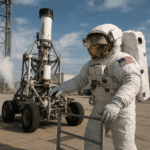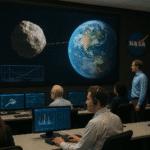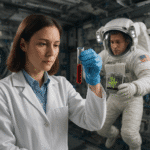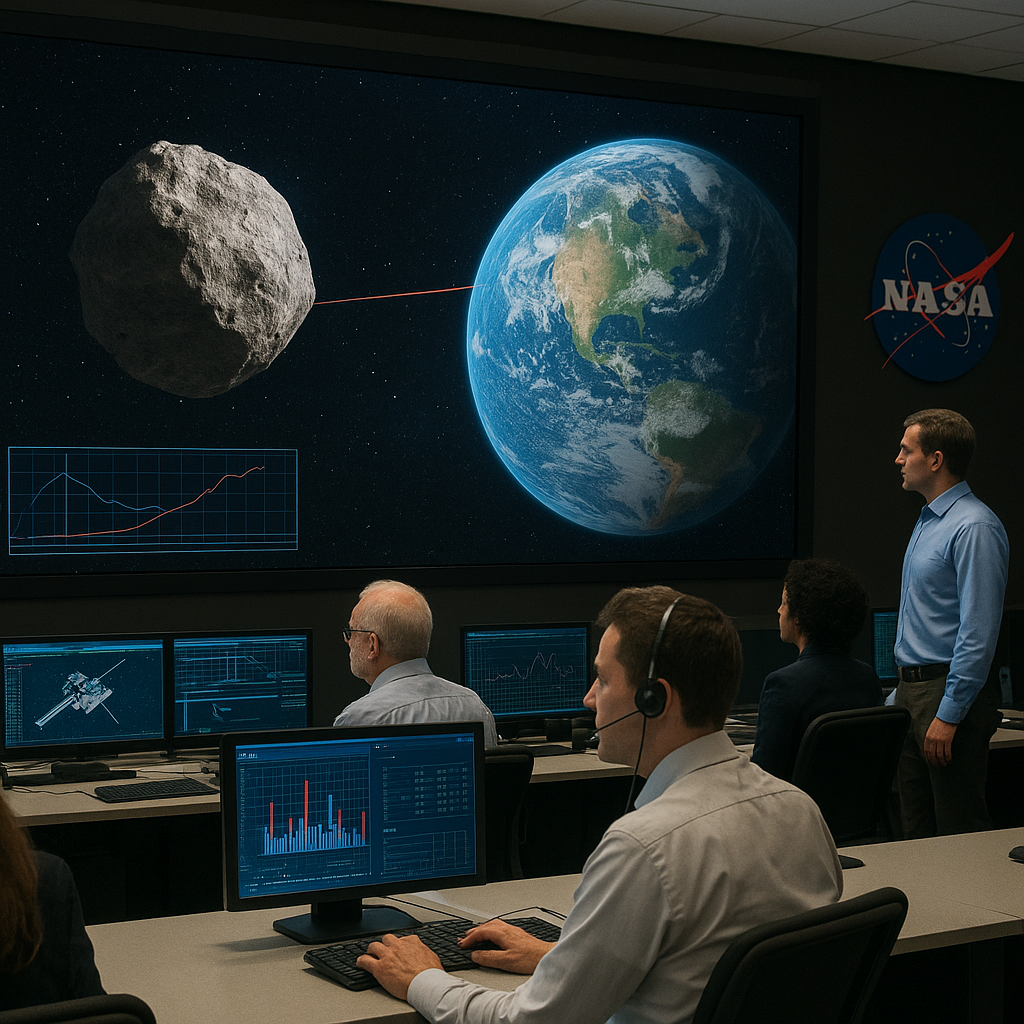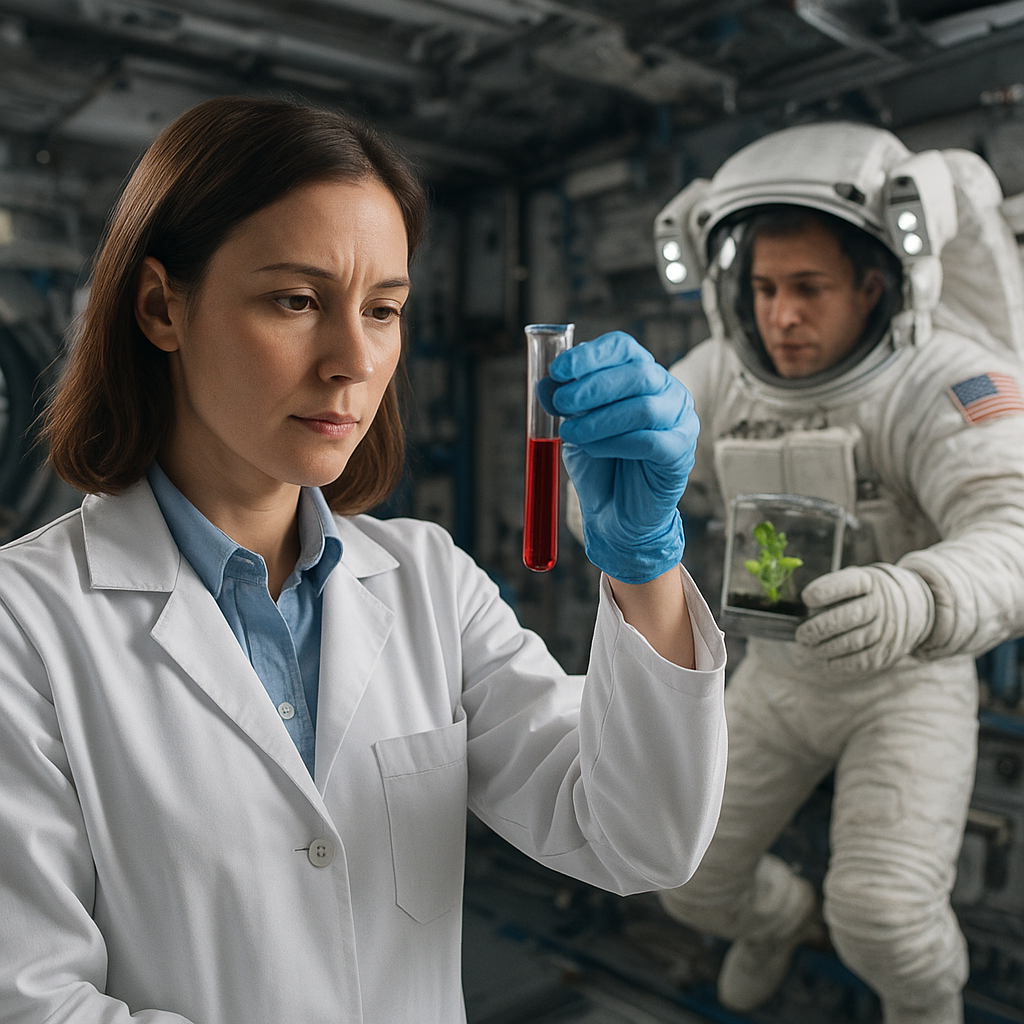Before a spacecraft ever leaves the launch pad, NASA engineers and scientists subject every piece of hardware to a suite of rigorous evaluations here on Earth. These tests aim to mimic the unforgiving conditions of space—extreme temperatures, intense vibrations, pervasive radiation, and the absence of atmospheric pressure. By exposing equipment to simulated hazards, NASA ensures that each mission component meets the highest standards of reliability and performance.
Environmental Simulation in Thermal Vacuum Chambers
One of the most critical tests involves replicating the dual challenges of the vacuum of space and drastic temperature swings. Thermal vacuum chambers provide a controlled environment where temperature can cycle between -150°C and +150°C under pressures lower than one ten-millionth of Earth’s atmosphere.
Temperature Cycling
- Cold-soak phases push hardware to the limits of material contraction and lubricant viscosity.
- Hot-soak phases verify that electronics and structural joints can tolerate thermal expansion without failure.
High Vacuum Conditions
- A high-vacuum environment checks for outgassing of materials. Excessive outgassing can deposit contaminants on sensitive optics and instruments in orbit.
- Pressure sensors monitor chamber integrity to ensure truly vacuum-like conditions.
Throughout the test, temperature sensors and infrared cameras record thermal performance. Engineers analyze heat flow to validate thermal designs—heat pipes, radiators, and multi-layer insulation must all function flawlessly.
Vibration and Acoustic Stress Testing
During launch, rockets generate intense mechanical energy that can rattle spacecraft components. To simulate this, NASA employs shaker tables and acoustic chambers designed to replicate the violent shaking and noise produced by rocket engines.
- Shaker Tables: Actuators mounted beneath the test article produce vibrations across a broad frequency range, from a few hertz up to several kilohertz. This reveals potential resonances or fatigue points in the structure.
- Acoustic Chambers: Powerful speakers generate sound pressure levels exceeding 150 decibels, matching the roar of solid rocket boosters. Microphones and accelerometers measure acoustic loads on every surface.
Test protocols follow established NASA standards. Random and sine vibration profiles uncover weak welds, loose connectors, and electronic malfunctions. After exposure, technicians inspect connectors, harnesses, and fasteners to ensure no components have loosened or degraded.
Radiation Exposure and Material Analysis
Spacecraft electronics must operate reliably in a high-radiation environment, where cosmic rays and charged particles can induce malfunctions or cause permanent damage. NASA’s radiation test facilities expose components to proton, electron, and heavy ion beams that mimic the space radiation spectrum.
Total Ionizing Dose (TID) Testing
- This method exposes electronics to a cumulative dose of gamma radiation to simulate years of space exposure. Engineers then verify that memory, processors, and sensors continue working within specification.
Single-Event Effects (SEE) Testing
- Heavy ion beams strike devices to identify single-event upsets (bit flips), latch-ups, or destructive failures. Mitigation strategies—such as error-correcting codes and redundant circuits—are then validated.
Beyond electronics, materials selected for spacecraft surfaces undergo UV radiation testing. Ultraviolet lamps simulate the solar spectrum, assessing coating durability, paint adhesion, and optical properties. This ensures that critical surfaces remain free of degradation throughout the mission.
Mechanical Integration and Structural Load Testing
When subsystems are assembled into the complete spacecraft, NASA conducts structural load tests to confirm that the integrated stack can withstand launch loads and on-orbit maneuvers.
- Static Load Tests: Apply steady forces at key points—interfaces, mounting brackets, and structural beams—to validate load-bearing capacity.
- Dynamic Load Tests: Introduce time-varying forces to detect potential resonance with the spacecraft’s structural modes.
- Modal Analysis: Engineers attach accelerometers to map out natural frequencies. Finite element models are then updated to refine predictions for flight dynamics.
These evaluations use hydraulic actuators and mechanical rigs, with test points carefully instrumented for displacement, strain, and acceleration measurements. The result is a meticulously characterized structural response that helps prevent in-flight surprises.
Human Factors: Neutral Buoyancy and Parabolic Flights
For missions involving crewed spacecraft or extravehicular activities (EVAs), NASA verifies spacesuit and tool performance under microgravity analogs.
Neutral Buoyancy Lab (NBL)
A 62-meter-deep pool simulates weightlessness. Astronaut candidates wearing full spacesuits practice assembly, maintenance, and repair tasks underwater. This innovative environment helps teams refine procedures and tools before venturing into actual space.
Parabolic Flight Campaigns
- Specially modified aircraft fly parabolic trajectories, creating 20–30 seconds of microgravity at the crest of each parabola.
- Crew members and hardware undergo real-time testing of grip, maneuverability, and system interfaces in zero-g conditions.
These rehearsals not only test the mechanical aspects of equipment but also integrate human-machine interactions, ensuring that astronauts can operate instruments and instruments can withstand the rigors of human use in space.
Software Validation and On-Ground Simulators
A spacecraft’s success hinges on its onboard software. NASA builds high-fidelity simulators—hardware-in-the-loop (HIL) rigs—that replicate sensors, actuators, and communication links. Software engineers run rigorous test cases to uncover bugs and latency issues.
- Real-time simulators feed synthetic telemetry into flight computers, validating navigation, guidance, and control algorithms.
- Fault injection techniques introduce anomalies—sensor dropouts, bus errors—testing the robustness of error-detection and recovery routines.
These digital and physical simulations ensure that the integration of hardware and software meets mission requirements before hardware leaves the cleanroom.
Proving Ground: Field Deployments and Pre-Flight Checkouts
In addition to laboratory tests, NASA performs field exercises to test equipment in harsh terrestrial environments resembling planetary surfaces. Rover prototypes operate in deserts mimicking Martian terrain, while lunar lander mock-ups land on cinder fields to assess dust mitigation systems.
- Mars Yard test sites challenge rovers with rocks, slopes, and sand traps.
- High-altitude balloon flights lift instrument packages above most of Earth’s atmosphere to validate atmospheric entry and descent sensors.
Finally, comprehensive pre-flight checkouts integrate all tests into a final verification campaign. Launch readiness reviews certify that each system—propulsion, avionics, life support—has passed every ground-based trial.
Thanks to these exhaustive evaluations, NASA’s spacecraft embark on their missions with confidence. Earth-bound testing not only identifies potential flaws early in the design cycle, but also fosters continuous refinement of innovative technologies that push the boundaries of exploration.
